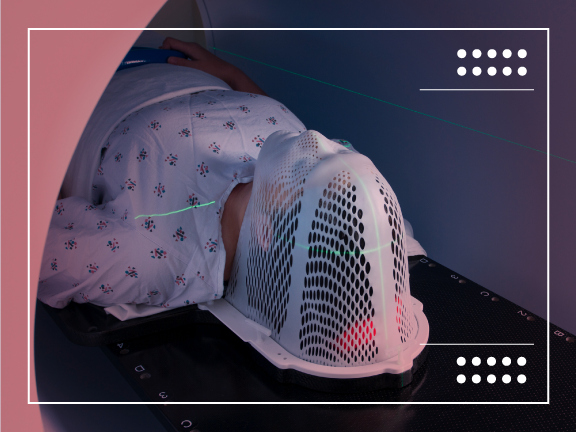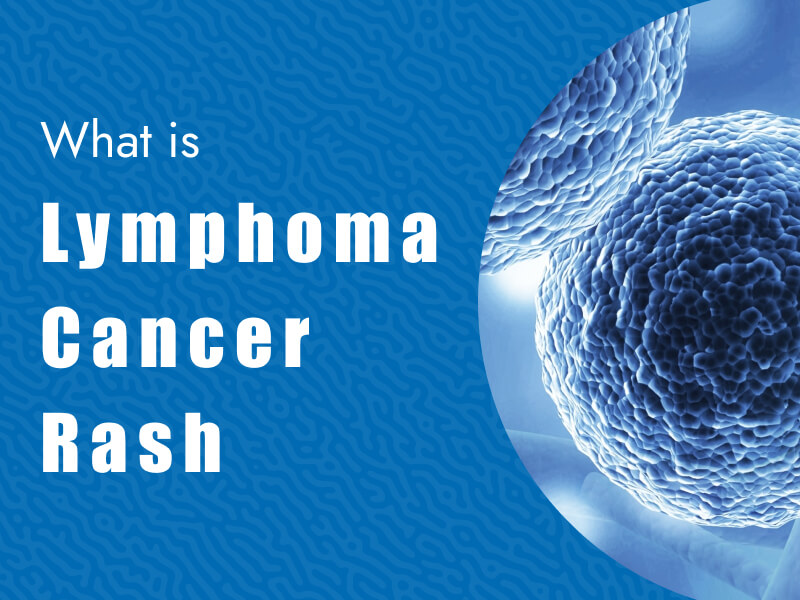What are cancers of the head and neck?
Cancers of the head and neck are a group of malignancies that originate in tissues of the mouth, lips, nasal passages, throat (pharynx), voice box (larynx), and salivary glands. Most head and neck cancers begin in squamous (pronounced SKWAY-muss) cells, which form the mucus membranes that line the surfaces of these tissues. Doctors call these cancers squamous cell carcinomas of the head and neck. Other malignancies such as brain cancer and thyroid cancer are not grouped with head and neck cancers.
What causes cancers of the head and neck?
There are two major causes of head and neck cancers, as well as several less-common causes:
- Tobacco: Smoking, using other tobacco products (such as chewing tobacco), and inhaling secondhand smoke are the leading causes of head and neck cancers. Tobacco use most commonly causes cancers of the mouth (oral cavity), lower portion of the throat (hypopharynx), and voice box. If you smoke and you’re diagnosed with a form of head and neck cancer, continuing to use tobacco will make treatment less effective.
- Alcohol: Heavy consumption of alcoholic beverages is the other major cause of head and neck cancers, especially those affecting the mouth and voice box. People who use tobacco and consume alcohol have a greater risk for head and neck cancers than those who use only one or the other.
- Human papillomavirus (HPV) infection: HPV is a common form of sexually transmitted disease.Certain types of HPV cause cancer of the oropharynx, or the middle portion of the throat, which is called oropharyngeal cancer. The incidence of oropharyngeal cancers caused by HPV infections is rising in the United States and some other countries.
- Exposure to certain substances: People who are chronically exposed to wood dust, such as on the job, may be at increased risk for cancer of the nasopharynx, which is the region behind the nose and above the throat. Meanwhile, exposure to asbestos and synthetic fibers have been linked to cancer of the voice box, though the National Cancer Institute states that the increase in risk “remains controversial.” Studies show that people who work in industries such as construction, metal, textile, ceramic, logging, and food have increased rates of cancer of the voice box. Exposures to nickel dust and formaldehyde have also been suggested as possible causes of head and neck cancers.
- Exposure to radiation: Unfortunately, some medical treatments can cause ill effects later in life, including radiation therapy for some conditions, which can increase the risk for cancer of the salivary glands. Exposure to radiation in the workplace can increase the risk, too.
- Epstein-Barr virus (EBV) infection: EBV is a common infection that usually causes no symptoms, but can produce fatigue, headaches, and other ill effects in some people. It has also been linked to several cancers, including cancers of nasopharynx and salivary glands.
- Genetic disorders: According to the National Cancer Institute (NCI), genetic disorders such as Fanconi anemia can increase the risk of for precancerous changes that may turn into cancer.
- Ancestry: Chinese people and those of certain Asian ancestries have an increased risk for nasopharyngeal cancer.
- Paan (betel quid): In India, this combination of leaf and chopped nut is sometimes chewed for its caffeine-like and psychoactive effects.
What are head and neck cancer symptoms?
The symptoms of head and neck cancer vary, depending on the tissue that’s affected. Here are just a few common symptoms of the major types of head and neck cancer. These symptoms can be related to other conditions, so they don’t necessarily indicate cancer. See your doctor if you develop these symptoms and they persist.
- Oral cavity: A sore on your lip or in the mouth that won’t go away; persistent oral pain; a white or red patch of skin on your gums, tongue, or anywhere in your mouth.
- Throat or voice box: Persistent pain when swallowing or in the neck or throat; ringing in the ears or hearing problems; trouble breathing or speaking.
- Nasal passages: Chronic sinus problems (such as infections) that don’t respond to treatment; frequent nosebleeds or headaches; swollen eyes; pain in the upper teeth.
- Salivary glands: A lump or pain anywhere in or around your mouth or neck that won’t go away; size or shape changes that affect one side of your face or neck, but not the other; numbness or weakness in your face.
How common are head and neck cancers?
In the United States, the NCI tracks the incidence of cancers affecting the oral cavity and pharynx. It estimated that there were about 54,000 new cases of these cancers in the United States in 2022, which means they represented just under 3% (2.8.%) of all cancers diagnosed. There were roughly 11,230 deaths from these head and neck cancers in 2022. The number of people diagnosed with oral and pharyngeal cancers each year has remained steady since the early 1990s, while the death rate has declined modestly. Around the world, head and neck cancer accounts for approximately 900,000 cases and over 400,000 deaths annually. The diagnosis of these cancers is more common in men than women.
How are head and neck cancers treated?
The treatment plan a doctor recommends for head and neck cancer will depend on a number of factors, including the location of the tumor and the stage of the cancer (or how advanced it is), as well as the patient’s age, overall health, and preferences. Treatments for head and neck cancers include the following (which are often administered in combination):
- Surgery: A doctor may recommend surgically removing all or part of an affected tissue.
- Radiation therapy: This common cancer treatment uses beams of high energy to kill malignant cells.
- Chemotherapy: Another common cancer treatment, chemotherapy is the use of various drugs that directly attack and kill cancer cells.
- Targeted therapy: These new-generation drugs take aim at specific genes, proteins, or other targets that cancer cells need to grow. Tests are required to determine whether a patient will benefit from these highly specific drugs, which may cause fewer side effects than chemotherapy.
- Immunotherapy: This treatment approach strengthens the ability of the body’s natural defense network, the immune system, to identify and destroy cancer cells.
Is follow-up care necessary? What does it involve?
Follow-up care is necessary after treatment for all forms of cancer, and head and neck cancers are no exception. Your doctor will schedule you for routine follow-up office visits for examination and testing to determine whether your cancer has returned. Follow-up testing may involve blood tests and imaging tests, such as X-rays or magnetic-resonance imaging (MRI). If a patient required a stoma (a hole in the windpipe to allow breathing), the doctor will examine it closely.
Sources: American Cancer Society, National Cancer Institute













2 Comments
Sehr geehrtes Team,
ich habe nach der Strahlentherapie, einen roten Fleck auf der Zunge, und nach 9 Monaten der Behandlung, immer noch, eine total trockene Zunge. Ich fühle mich so alleingelassen, ich habe keinen Onkologen, sondern nur meinen Hausarzt, ich hatte zwei Operation, letztes Jahr, alles furchtbar. Habe jetzt Pflegestufe 2..ich kann das nicht alles schreiben, und meine Krankenakte ist dick. Ich habe nun diese roten Fleck auf der Zunge, und starke Praradondose, 3 Zähne wurden mir gezogen.. Der Epsteinbarvirus, zudem, ich bekomme Morphium.. Ich habe viel Schmerzen, durch die Operation, ist meine Schulter jetzt gelähmt. Nun habe ich Angst, wegen meiner Zunge, und die Trockenheit geht nicht weg. Ich weiß nicht, ob ich für ihre Studie nützlich bin. Ich bin Deutsche, und das ist weit weg von der. USA.
Vielleicht können sie mir helfen.
Beate Sieber
Vielen Dank für Ihre Nachricht. Es tut uns leid, von Ihrer Diagnose zu hören. Wir helfen Ihnen gerne weiter. Mehr über verfügbare Krebsbehandlungsmöglichkeiten und klinische Studien erfahren Sie hier: https://de.massivebio.com/klinische-studien-durchsuchen/. Sie können sich auch telefonisch oder per E-Mail unter 844-627-7246 und support@massivebio.com an einen unserer Patientenanwälte wenden.